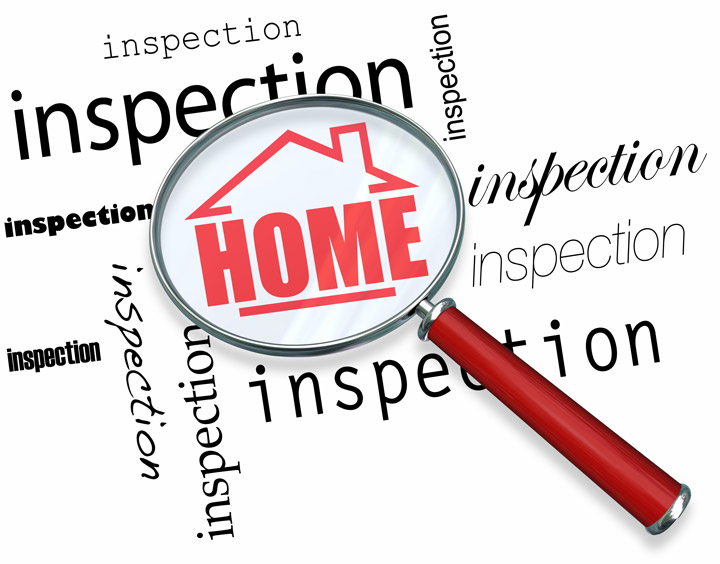
Comprehending AppraisalsBuying real estate is the most important transaction most of us might ever consider. It doesn't matter if a main residence, a second vacation property or one of many rentals, purchasing real property is a complex financial transaction that requires multiple parties to make it all happen. You're probably familiar with the parties taking part in the transaction. The real estate agent is the most recognizable entity in the exchange. Next, the bank provides the financial capital required to finance the exchange. The title company makes sure that all requirements of the sale are completed and that a clear title transfers to the buyer from the seller. So, what party is responsible for making sure the value of the property is in line with the amount being paid? This is where you meet the appraiser. We provide an unbiased estimate of what a buyer might expect to pay — or a seller receive — for a parcel of real estate, where both buyer and seller are informed parties. A licensed, certified, professional appraiser from Emily Sconyers will ensure, you as an interested party, are informed. Appraisals begin with the inspectionOur first duty at Emily Sconyers is to inspect the property to ascertain its true status. We must actually view features, such as the number of bedrooms and bathrooms, the location, living areas, etc, to ensure they indeed are there and are in the condition a reasonable person would expect them to be. The inspection often includes a sketch of the house, ensuring the square footage is accurate and illustrating the layout of the property. Most importantly, the appraiser identifies any obvious features - or defects - that would have an impact on the value of the property. Following the inspection, we use two or three approaches to determining the value of real property: a sales comparison, a replacement cost calculation, and an income approach when rental properties are prevalent. 
Replacement CostHere, the appraiser pulls information on local building costs, labor rates and other factors to derive how much it would cost to construct a property similar to the one being appraised. This figure often sets the maximum on what a property would sell for. The cost approach is also the least used method. 
Sales ComparisonAppraisers get to know the neighborhoods in which they appraise. They thoroughly understand the value of particular features to the homeowners of that area. Then, the appraiser researches recent transactions in the vicinity and finds properties which are 'comparable' to the real estate at hand. Using knowledge of the value of certain items such as fireplaces, room layout, appliance upgrades, additional bathrooms or bedrooms, or quality of construction, we adjust the comparable properties so that they are more accurately in line with the features of subject property.
A true estimate of what the subject might sell for can only be determined once all differences between the comps and the subject have been evaluated. When it comes to knowing the true worth of features of homes in Dunnellon and Marion, Emily Sconyers is your local authority. The sales comparison approach to value is usually awarded the most importance when an appraisal is for a real estate exchange. Valuation Using the Income ApproachIn the case of income producing properties - rental houses for example - the appraiser may use an additional approach to value. In this case, the amount of income the real estate produces is factored in with income produced by nearby properties to derive the current value. Putting It All TogetherAnalyzing the data from all applicable approaches, the appraiser is then ready to state an estimated market value for the subject property. It is important to note that while this amount is probably the best indication of what a house is worth, it may not be the final sales price. There are always mitigating factors such as seller motivation, urgency or 'bidding wars' that may adjust an offer or listing price up or down. But the appraised value is typically employed as a guideline for lenders who don't want to loan a buyer more money than they could recover in case they had to put the property on the market again. At the end of the day, an appraiser from Emily Sconyers will help you discover the most fair and balanced property value, so you can make wise real estate decisions. |